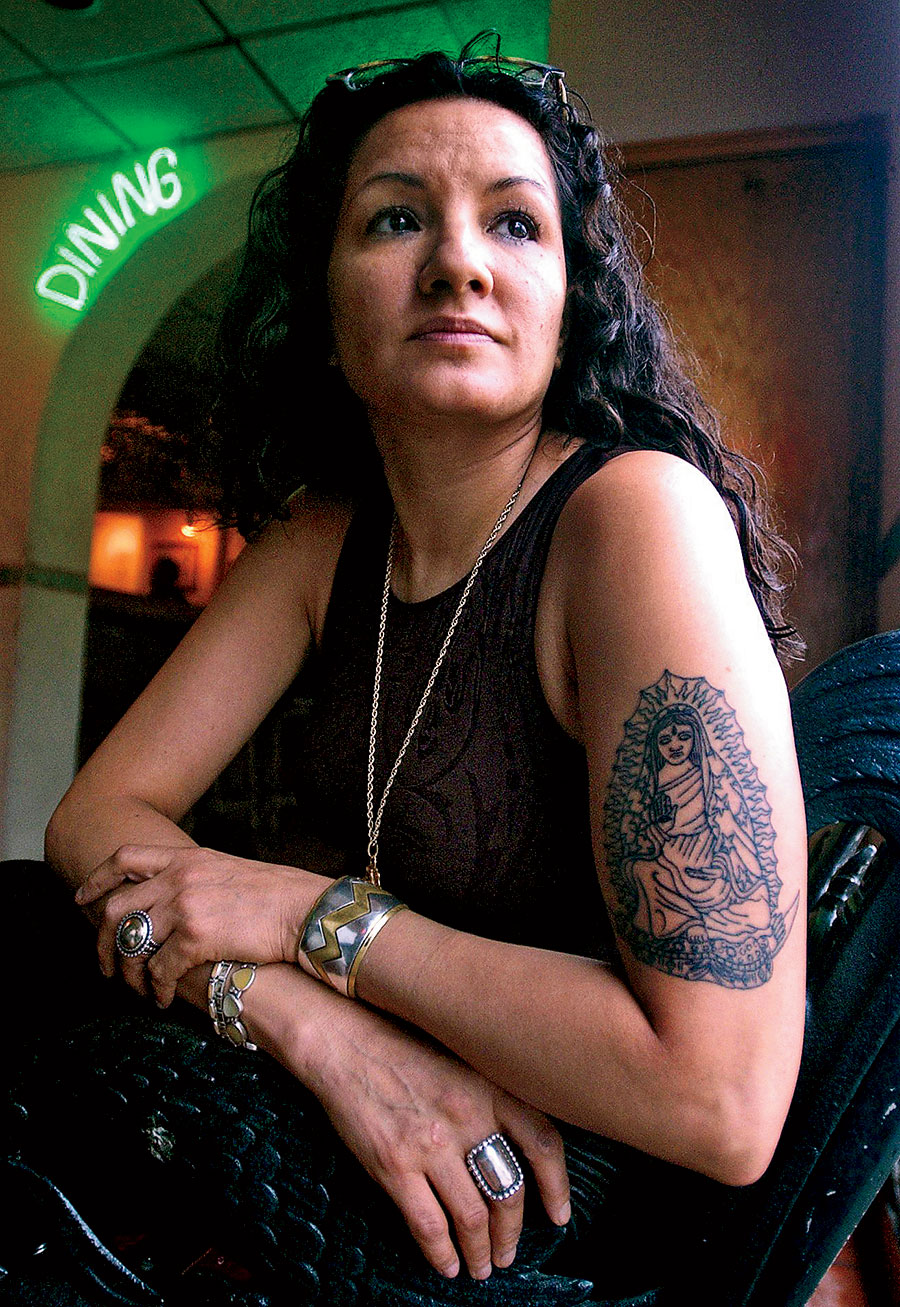
January 1, 1984
The media barely noticed the arrival of this vivid novel, narrated by a teenage girl coming of age in a Mexican American neighborhood — inspired by Cisneros’s early years in Humboldt Park — but it has since sold six million copies and been translated into 20 languages. With its unflinching depictions of sexuality and domestic violence interwoven with lyrical storytelling, the book has become a touchstone for young readers, especially those of Hispanic heritage, as well as a fixture on college syllabuses. “I wrote it,” she told an interviewer in 2019, “to stop the swelling in my heart from the stories that I was hearing and witnessing.”
From the Archives
In our August 2016 issue, nearly three decades after the publication of The House on Mango Street, we published a speech Cisneros had given that year at a benefit in Chicago about why she’d decided to leave the city decades before. As much prose poem as essay, the piece possessed a visceral, lyrical force.
“Each night, sun hunkered in the west and gilded our rowdy village. I needed sunsets like I needed books. I needed an eternity of serene. Had to wait till Sunday to get my dose of lake. The blue coastline too expensive daily. I made do with what was affordable, within reach. … Something beautiful was necessary, needed to keep one nourished for the inevitable grief.”


